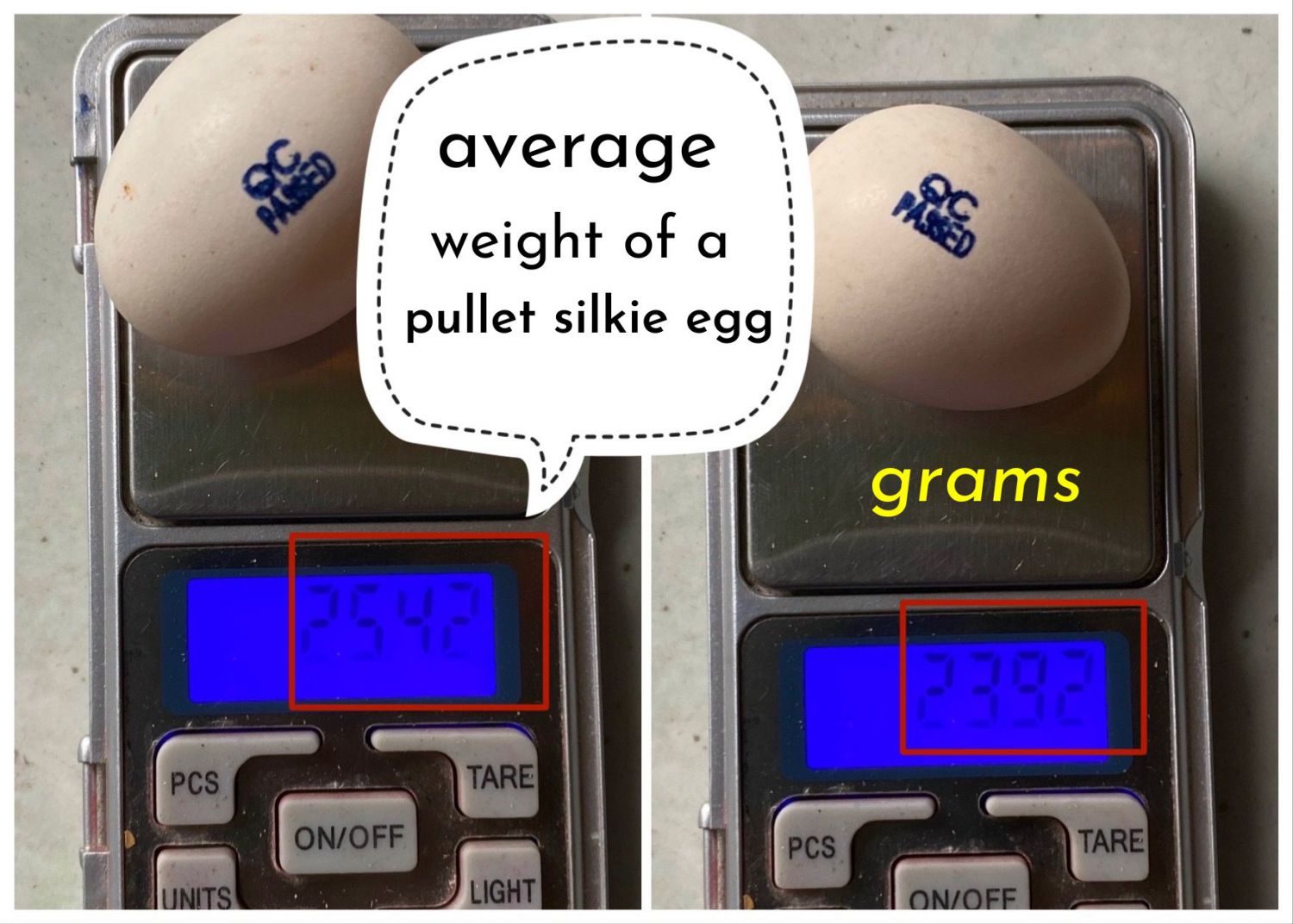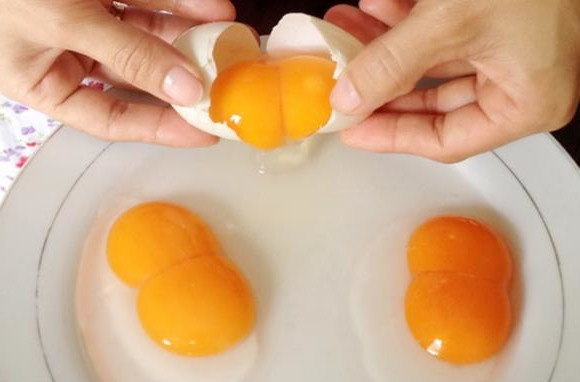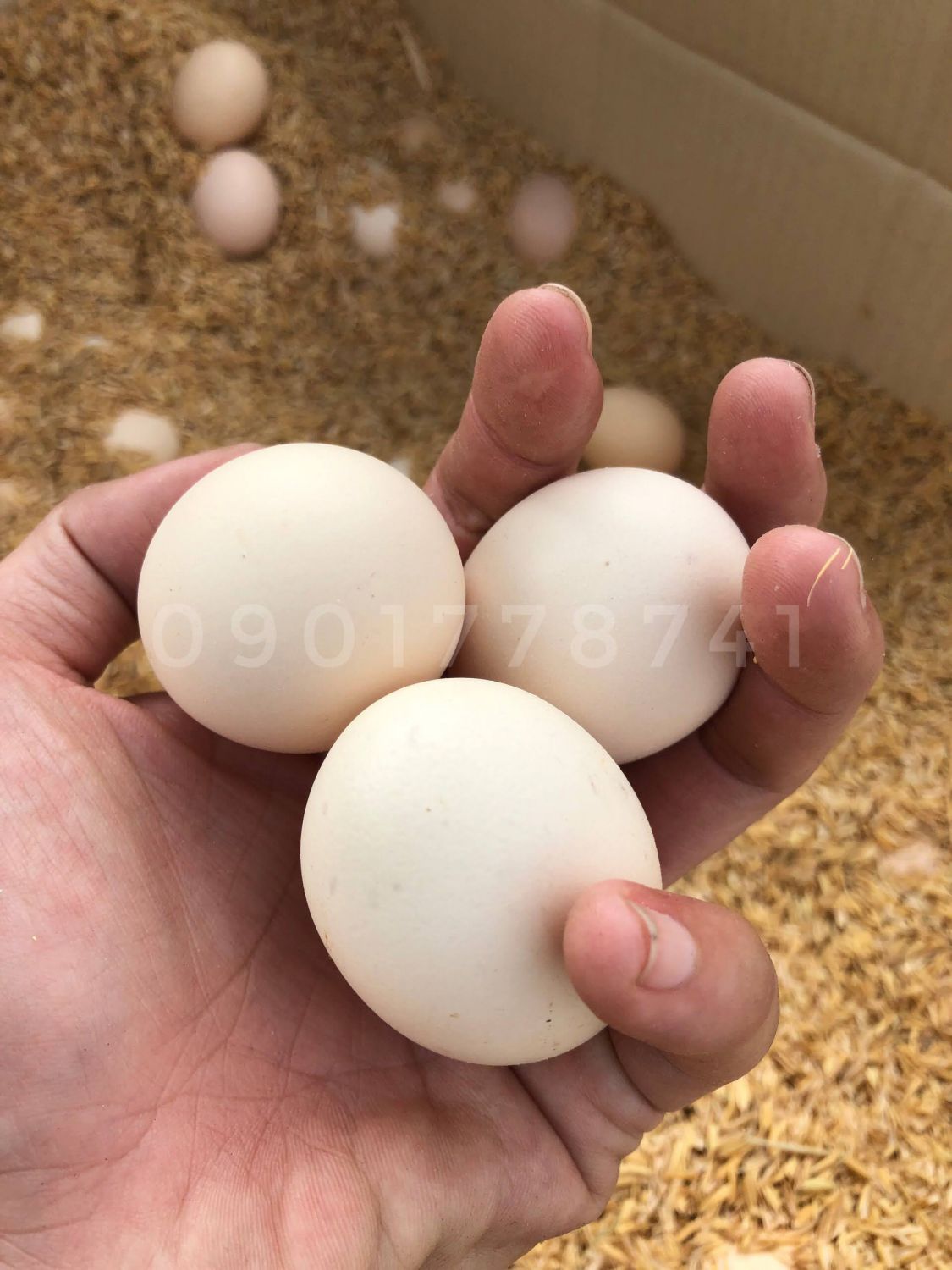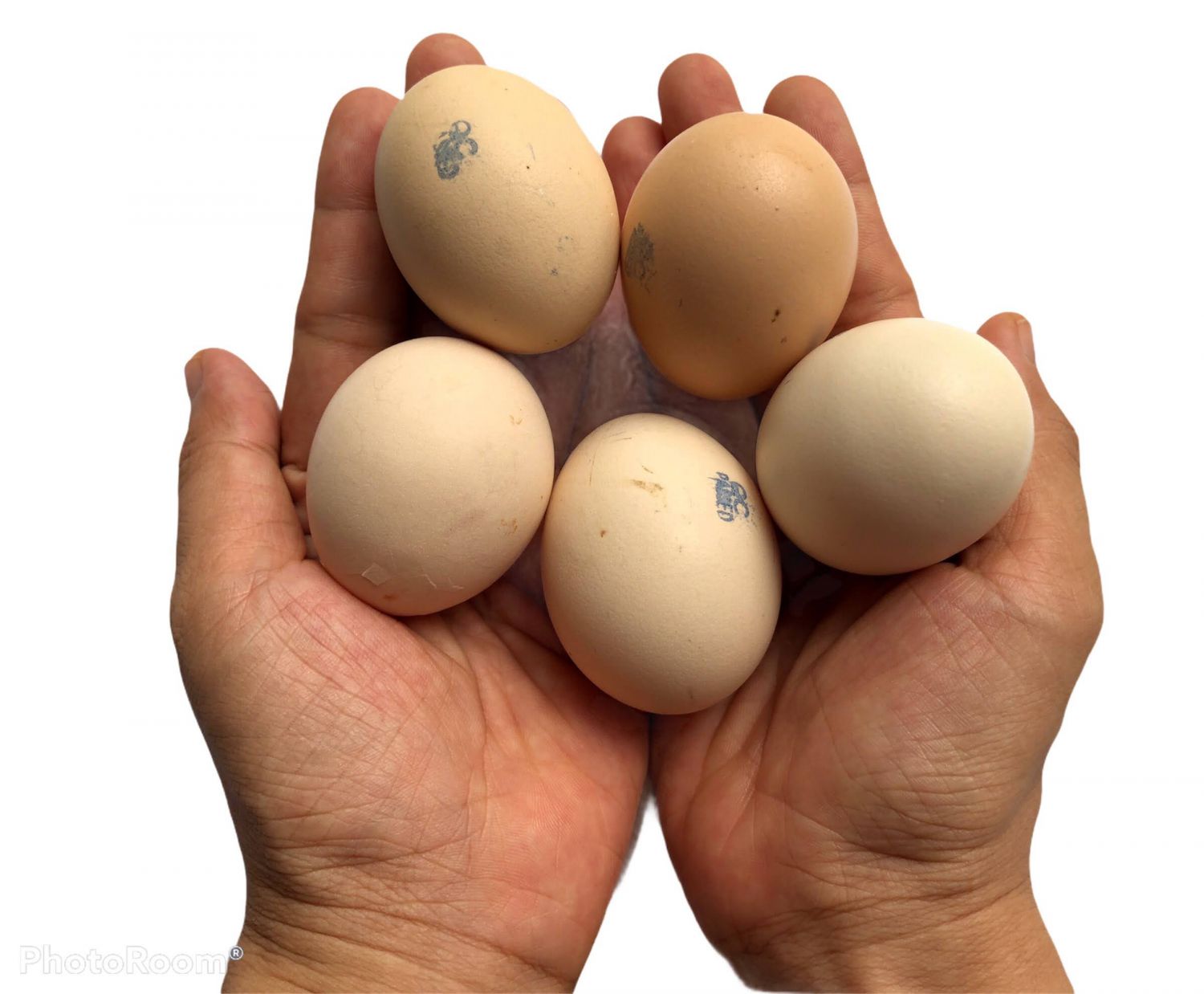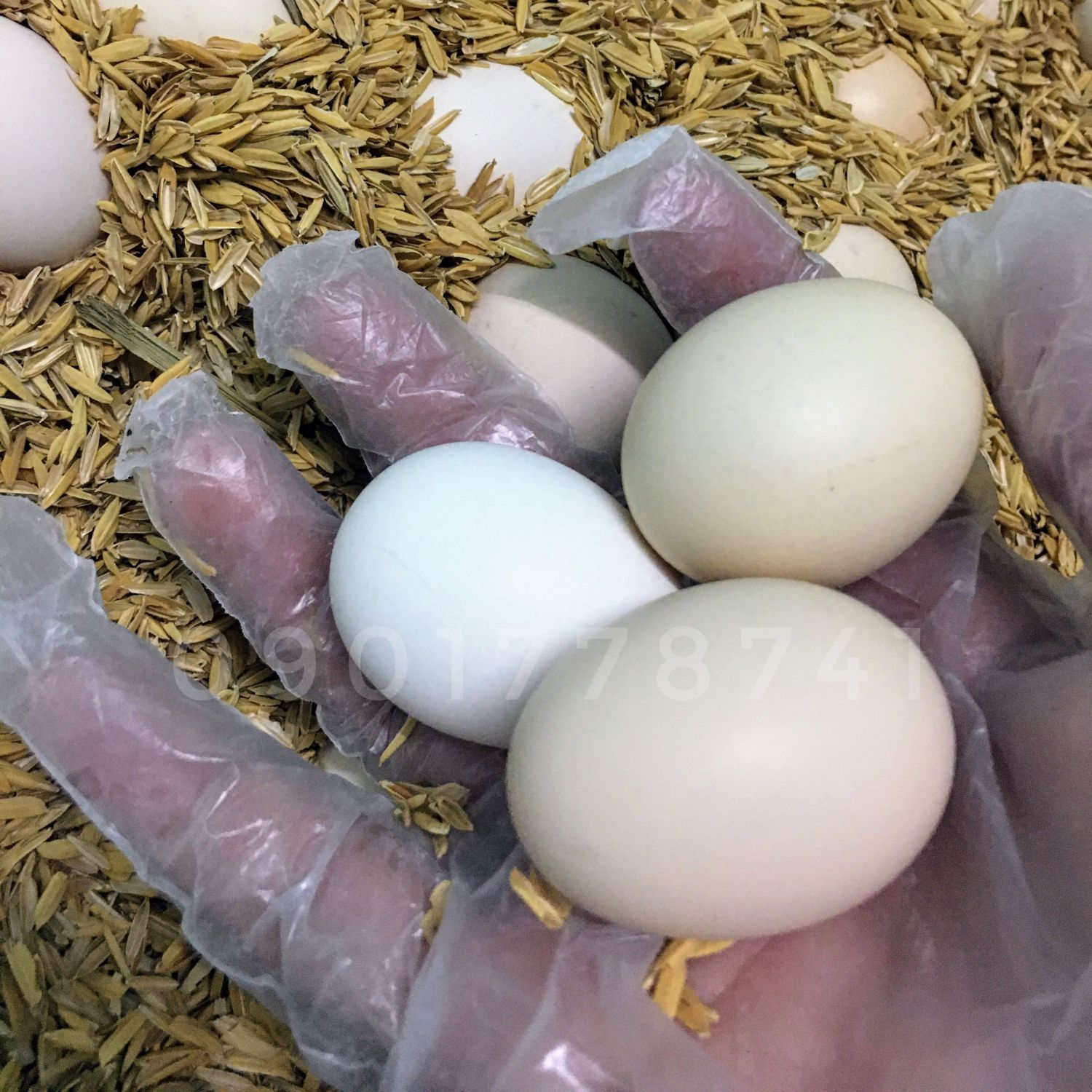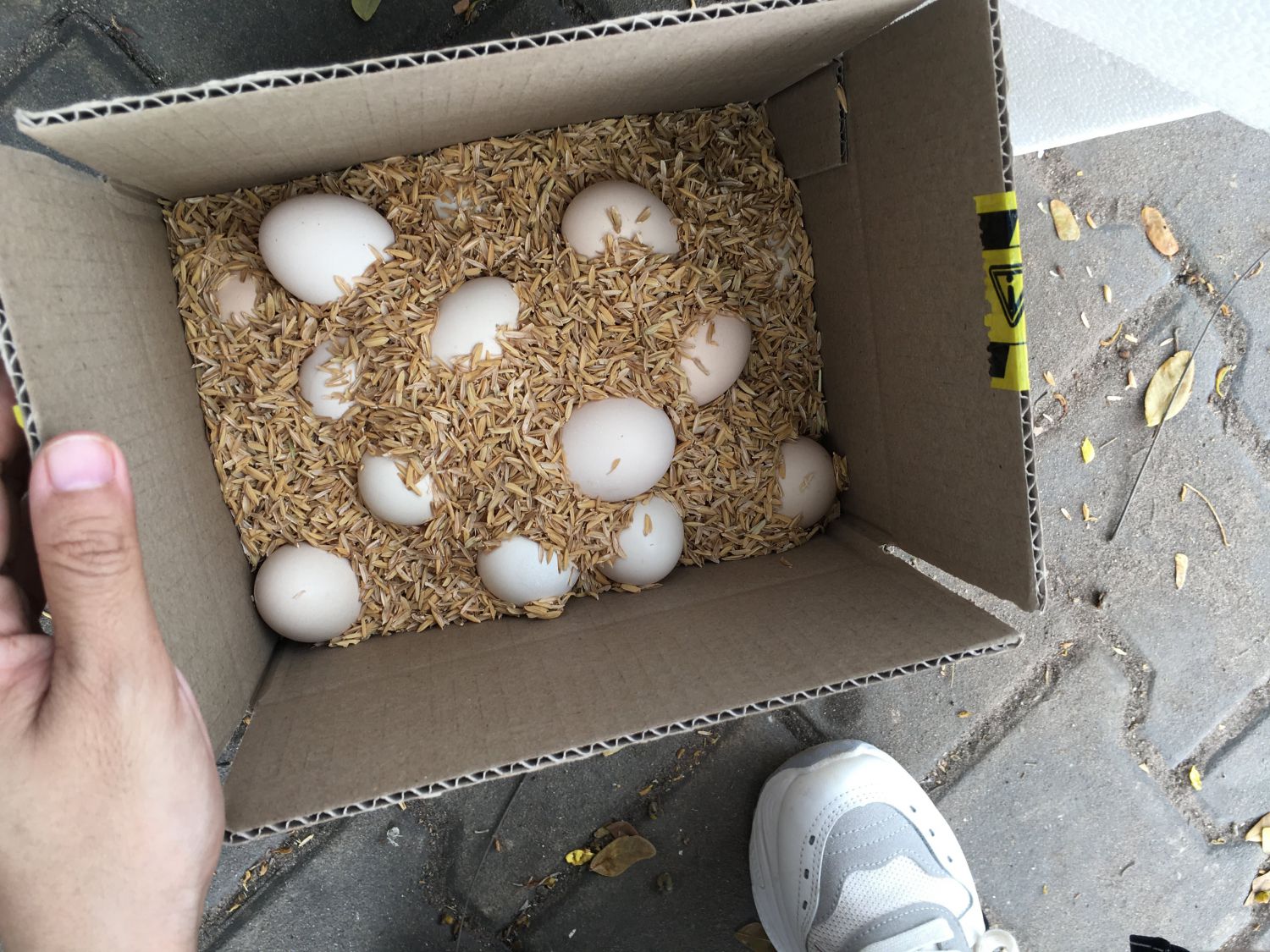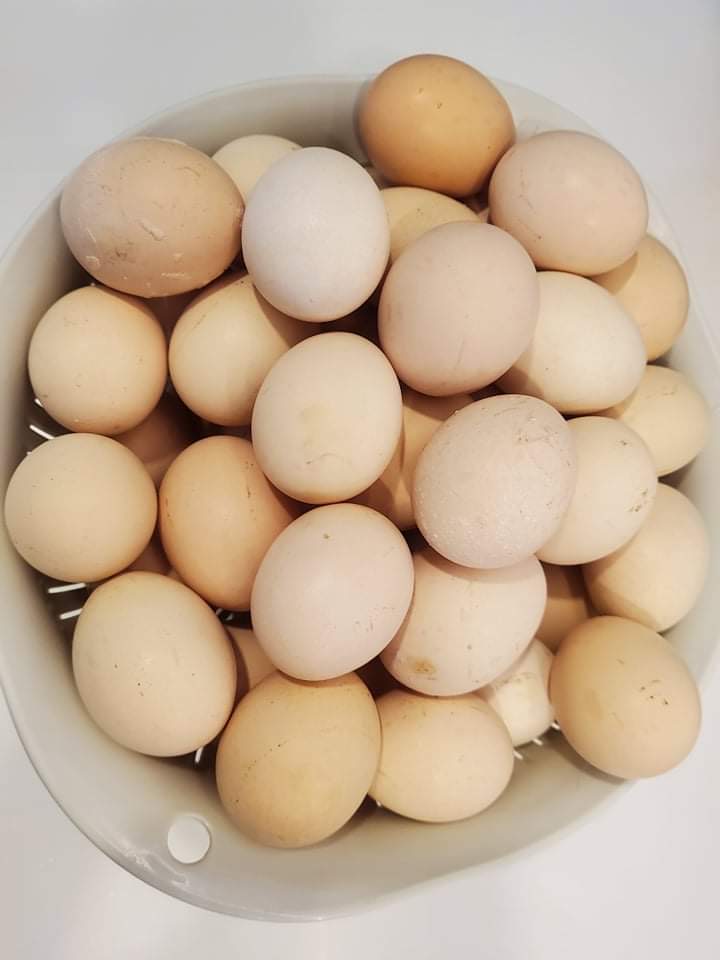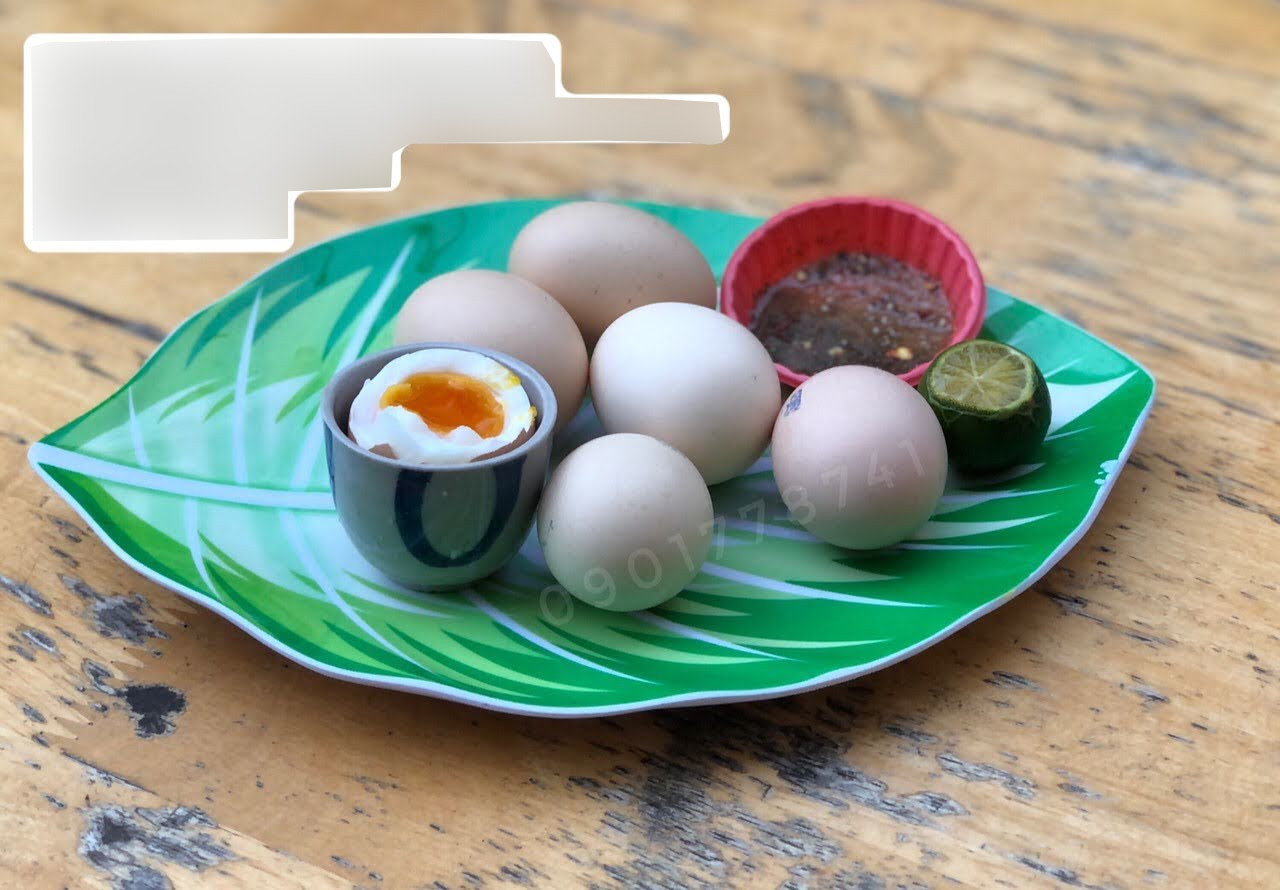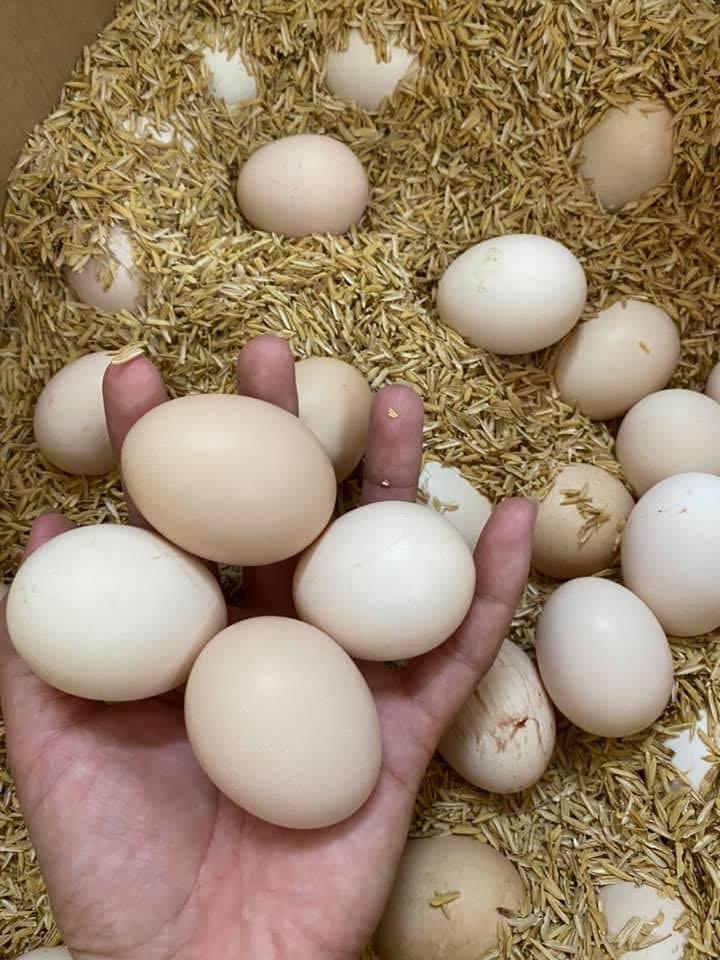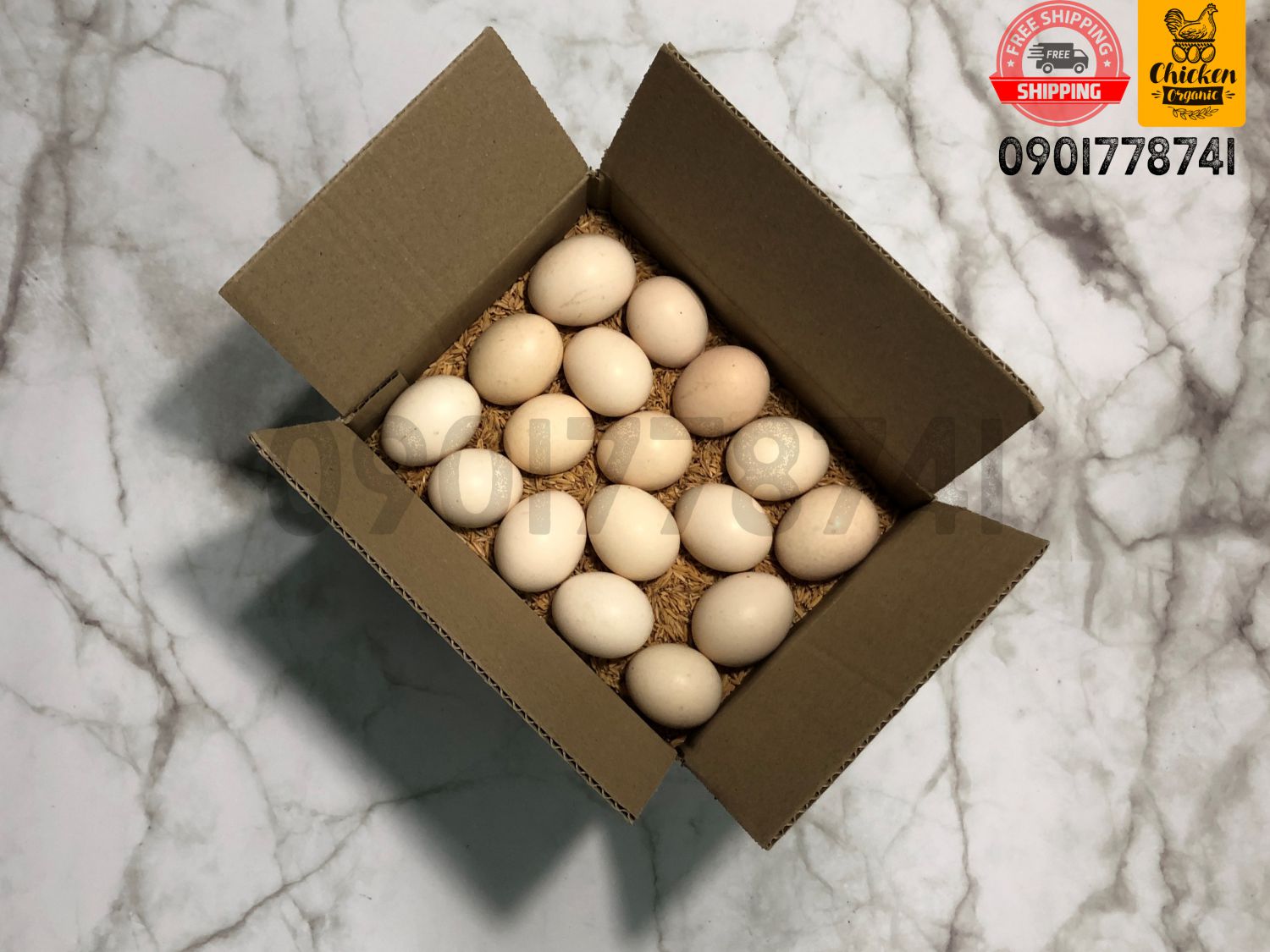Silkie eggs are generally considered to be edible and can be used in cooking just like any other chicken eggs. However, they may have a slightly different taste due to the unique diet and genetics of Silkie chickens. Some people find Silkie eggs to be richer and more flavorful than regular chicken eggs, while others do not notice a significant difference in taste.
Silkie eggs have a unique nutritional profile that may contribute to their taste. For example, recent research has shown that Silkie eggs have a higher proportion of yolk to the whole egg compared to regular chicken eggs, as well as lower levels of cholesterol and higher levels of vitamins (B2, B6, D, and E), calcium, and potassium. They also have a higher content of unsaturated fatty acids compared to regular chicken eggs. These differences in nutritional content may contribute to the unique taste of Silkie eggs.
It is important to note that the taste of Silkie eggs, like any other food, is subjective and can vary from person to person. Some people may prefer the taste of Silkie eggs, while others may prefer the taste of regular chicken eggs. Ultimately, it comes down to personal preference.
How to cook silkie eggs to get the best of their nutritional value?
There are many ways to cook Silkie eggs to get the best of their nutrition. Some simple ways to cook Silkie eggs include boiling, frying, poaching, or scrambling.
To get soft-boiled silkie eggs, follow carefully these instructions.
To boil Silkie eggs, place them in a pot of cold water and bring the water to a boil. Once the water is boiling, set a timer for the desired cook time (6-8 minutes for medium-boiled eggs, 9-10 minutes for hard-boiled eggs). Once the timer goes off, use a slotted spoon to carefully remove the eggs from the pot and place them in a bowl of ice water to cool. Peel the eggs and enjoy them as a protein-rich snack, or use them in a recipe such as deviled eggs or egg salad.
To fry Silkie eggs, heat a small amount of oil or butter in a frying pan over medium heat. Crack the eggs into the pan and cook until the whites are set and the yolks are cooked to your desired level of doneness (sunny-side up, over-easy, etc.). Serve the eggs hot, with toast or a side of vegetables.
To poach Silkie eggs, bring a pot of water to a gentle simmer. Crack the eggs into a small bowl, then carefully slide them into the pot of simmering water. Cook the eggs for 3-4 minutes, or until the whites are set and the yolks are cooked to your desired level of doneness. Use a slotted spoon to carefully remove the eggs from the water and serve them immediately, with toast or a side of vegetables.
To scramble Silkie eggs, heat a small amount of oil or butter in a frying pan over medium heat. Crack the eggs into the pan and use a spatula to stir them constantly until they are cooked to your desired level of doneness. Scrambled eggs can be served hot, with a side of toast or vegetables.
In addition to these cooking methods, Silkie eggs can also be used in a variety of recipes such as omelets, quiches, frittatas, and more.
Regardless of how you choose to cook Silkie eggs, it is important to handle and cook them properly to reduce the risk of foodborne illness. This includes washing your hands thoroughly before handling eggs and cooking them to a safe internal temperature to kill any harmful bacteria. The United States Department of Agriculture (USDA) recommends cooking eggs to an internal temperature of 160°F (71°C) to ensure that they are safe to eat. This can be achieved by cooking eggs until the whites and yolks are firm, or by using a food thermometer to check the internal temperature of the eggs.


